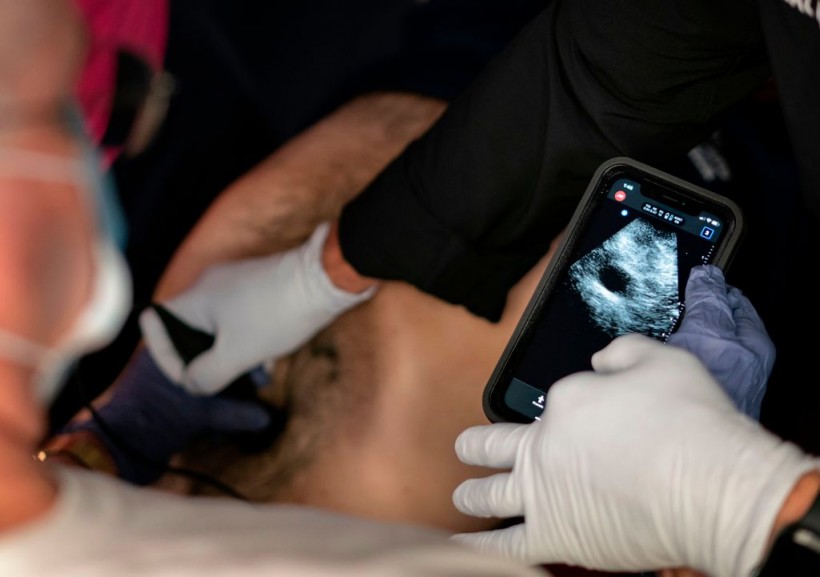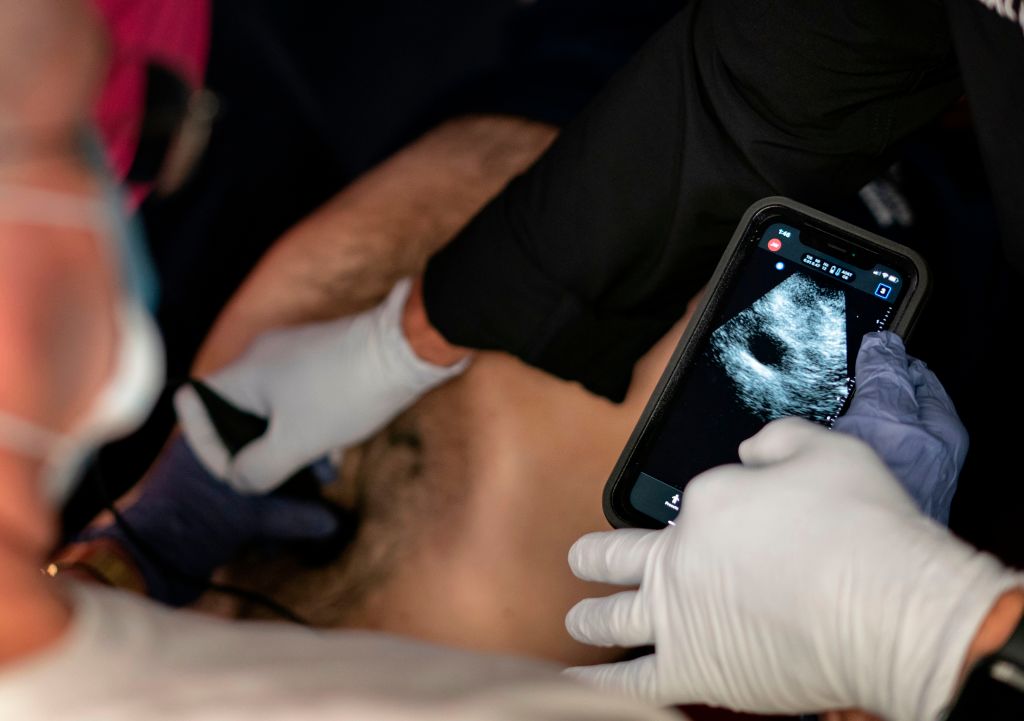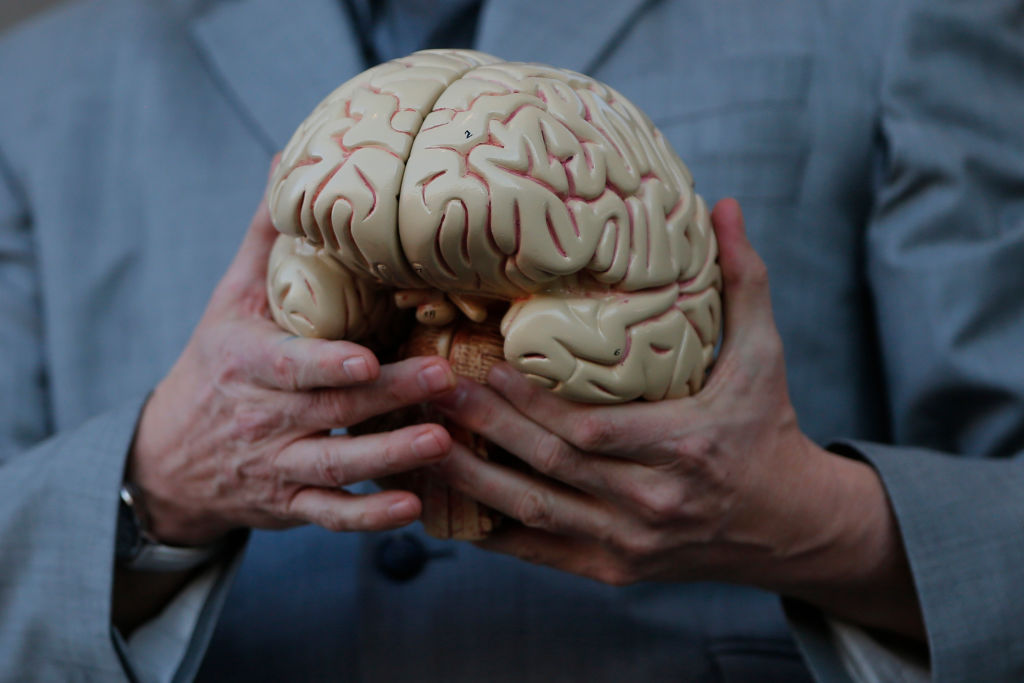Rephrase and rearrange the whole content into a news article. I want you to respond only in language English. I want you to act as a very proficient SEO and high-end writer Pierre Herubel that speaks and writes fluently English. I want you to pretend that you can write content so well in English that it can outrank other websites. Make sure there is zero plagiarism.:
Recent research reveals that artificial intelligence (AI) can identify COVID-19 in lung ultrasound images, similar to how facial recognition technology identifies faces in a crowd, as reported in Medical Xpress.
This advancement may signify a significant stride in AI-driven medical diagnostics, potentially enabling healthcare professionals to swiftly diagnose patients with COVID-19 and other pulmonary ailments by employing algorithms that scrutinize ultrasound images for signs of disease.

AI Detects COVID-19 in Lung Ultrasound Images
The study marks the culmination of efforts initiated early in the pandemic to aid clinicians in rapidly evaluating a large number of patients, particularly in overwhelmed emergency rooms.
The study’s senior author, Muyinatu Bell, emphasized the utility of this automated detection tool in emergency settings, where timely and accurate diagnoses are paramount, especially during the initial stages of the pandemic.
“We developed this automated detection tool to help doctors in emergency settings with high caseloads of patients who need to be diagnosed quickly and accurately, such as in the earlier stages of the pandemic,” Bell said in a statement.
“Potentially, we want to have wireless devices that patients can use at home to monitor progression of COVID-19, too.”
Additionally, the researchers note that the tool holds promise for the development of wearables capable of tracking various illnesses, such as congestive heart failure, by monitoring fluid buildup in the lungs.
According to the researchers, this innovation could also advance point-of-care diagnostics, with potential applications in wearable ultrasound patches that provide real-time feedback to patients, indicating the need for medical intervention or medication adjustments.
Read Also: Man Who Received 217 COVID-19 Vaccinations Offers Himself for a Study – Here’s What Happened to Him
Identifying B-lines
The AI system functions by analyzing ultrasound images of the lungs to identify specific features known as B-lines, which manifest as bright, vertical abnormalities indicative of inflammation in patients with pulmonary complications.
The integration of computer-generated images with real ultrasound scans, including those from patients at Johns Hopkins, enabled the development of this tool.
Bell’s team overcame initial challenges posed by the scarcity of patient data and limited understanding of COVID-19 manifestations by developing software capable of learning from a combination of real and simulated data.
The software employs deep neural networks, mimicking the interconnected neurons of the human brain to recognize patterns and detect abnormalities in ultrasound scans indicative of COVID-19 infection.
“Early in the pandemic, we didn’t have enough ultrasound images of COVID-19 patients to develop and test our algorithms, and as a result our deep neural networks never reached peak performance,” said first author Lingyi Zhao.
“Now, we are proving that with computer-generated datasets we still can achieve a high degree of accuracy in evaluating and detecting these COVID-19 features.”
The research team’s findings were published in the journal Communications Medicine.
Related Article: Researchers Genetically Engineer First Mice That Get Human-Like Version of COVID-19—Here’s What Happened
ⓒ 2024 TECHTIMES.com All rights reserved. Do not reproduce without permission.

I have over 10 years of experience in the cryptocurrency industry and I have been on the list of the top authors on LinkedIn for the past 5 years. I have a wealth of knowledge to share with my readers, and my goal is to help them navigate the ever-changing world of cryptocurrencies.








